Custom Made Tallit For Bar Mitzvah in Italy
Luca Molinari's bar mitzvah in Italy will be remembered not just for the beautiful scenery, but also for the one-of-a-kind tallit.
After 37 years with the Atlanta Journal-Constitution and now with the AJT, , Jaffe’s focus is lifestyle, art, dining, fashion, and community events with emphasis on Jewish movers and shakers.
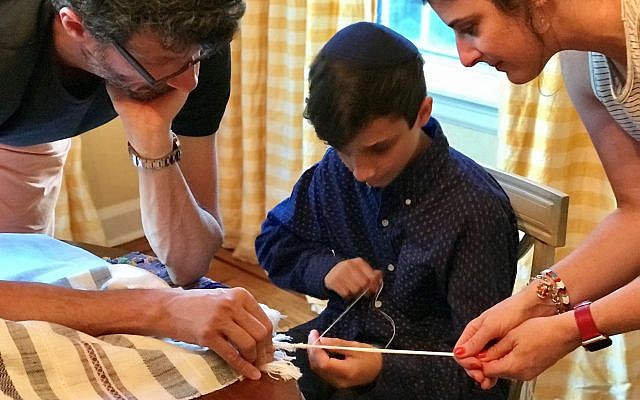
I have been to destination b’nai mitzvah from Jerusalem to nearby kosher summer camps, but was intrigued by the Molinari family’s selection of a tiny Orthodox synagogue in Biella, Italy.
Next month a few family members will travel there for Luca Molinari’s bar mitzvah. He’ll be wearing a custom-designed tallit.
Ronni Molinari and her family live in Connecticut, but she has strong Georgia roots as her parents met while living on Buford Highway in the 70s. Mother Ellen Moskowitz Fleisher grew up in LaGrange and Columbus, Ga. Uncles David and Joey Moskowitz live in Atlanta with their families.
An architect and the mother of three sons, Molinari reveals the backstory about the destination and the tallit.
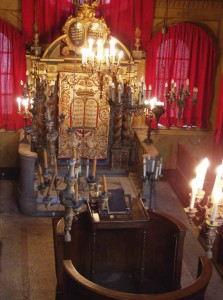
“My husband was raised in Milan, where his parents still reside. They have a colleague who has the key to the historic synagogue of Biella. The old center of Biella no longer has any Jews. The local Jewish population travels to a larger synagogue in Vercelli in the same region.
“Although the Biella shul is not used for weekly religious gatherings, it can be opened for special events. We were very fortunate to gain access to this historical place that has been preserved exactly as it stood in 1887, even surviving World War II, remaining completely hidden from Nazi soldiers who lived across the courtyard. There is room for 35 men, and a small balcony that can hold no more than 10 women. We are keeping the ceremony small, just immediate family, and even so, people may have to take turns participating.”
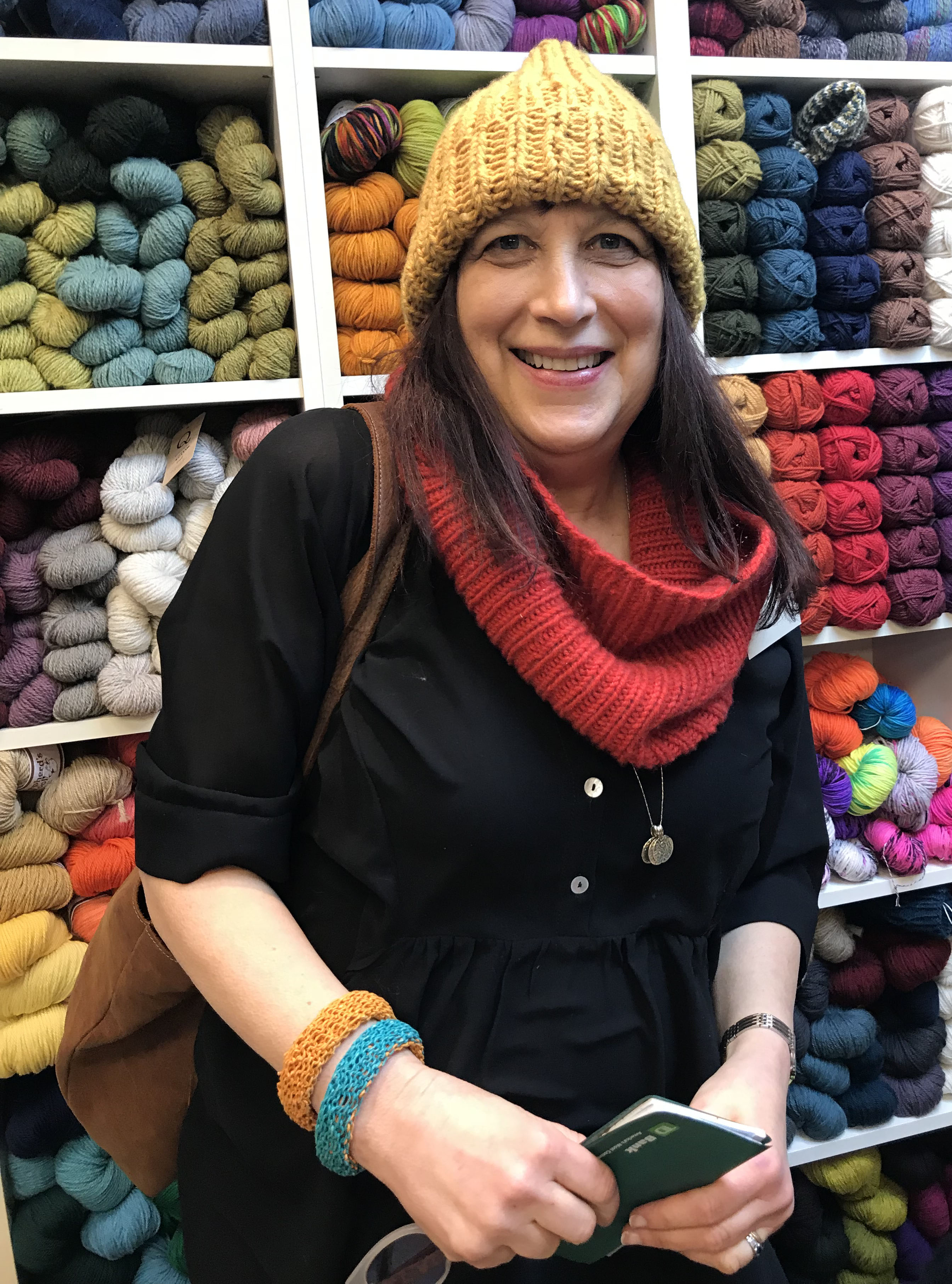
To mark the momentous occasion, the family enlisted the help of Laurie Kimmelstiel, a custom hand weaver who has particularly Judaic spiritual interests. She is a co-author of “Exquisite Little Knits: Knitting with Luxurious Specialty Yarns,” and many of her knitting and crochet designs and patterns have been featured in books and magazines. Her hand-woven Judaic textiles can be found in Handwoven and Ornament magazines. She runs a salon in her New York home and offers weekly workshops for knitters of all skill levels. Her designs include tallitot and their bags, challah covers, matzah bags and kippot. A lot of care, time and worthwhile expense go into one of her creations.
Her attention came to me by way of Luca Molinari, a bar mitzvah boy who had photos of himself intensely overlooking Kimmelstiel’s elaborate loom, selecting his threads and color combination for his upcoming bar mitzvah tallit.
So I asked Ronni Molinari what drew the family to this particular weaver.
“Laurie is a distant cousin, but I was close to her mother and father. Laurie’s mother was a jewelry artist, and Laurie, herself, is a brilliant craftswoman. Being that my own interests are in the arts, I always felt closeness to Laurie’s family. I recall driving to visit Laurie’s mother to craft jewelry in her home studio, bake traditional Jewish recipes from scratch, and to discuss my own art,” Molinari said.
“Laurie knitted special gifts for each of my sons and attended their brit milah. I was counting down, literally, to the bar mitzvah of my first born to enter this process with Laurie! As a mother, I feel blessed to gift him a tallit made with love by a family member who has known him his whole life.”
She explained how the process unfolded.
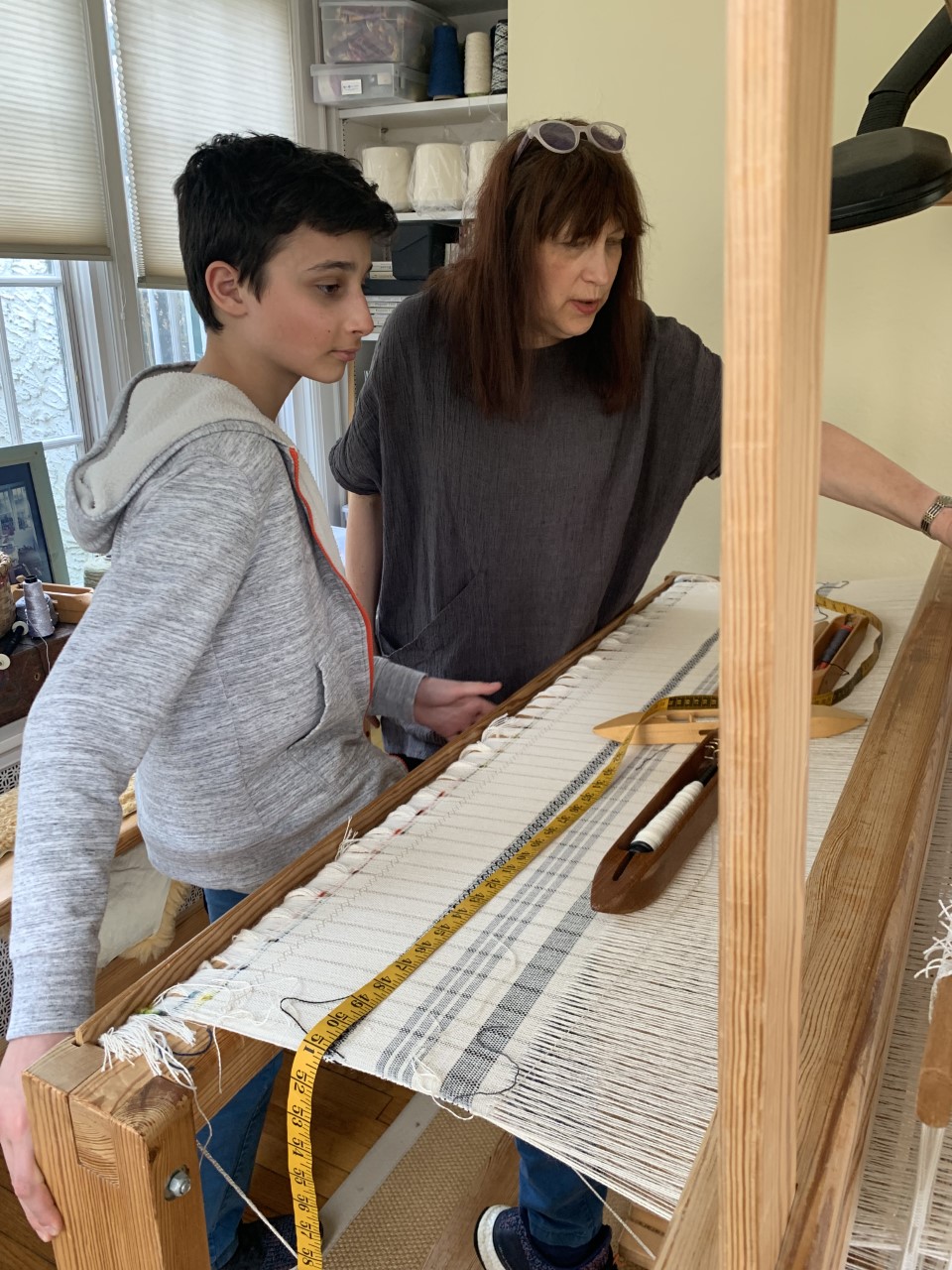
“We chose a day when Luca and I could visit Laurie’s studio to discuss the art of the tallis and select his yarns. It allowed Luca to take ownership of a significant item for his bar mitzvah that will carry with him for all special events going forward.
“For Luca to see the effort that goes into the making of the tallit gave him a greater appreciation for the shawl itself and the responsibility he carries to maintain our Jewish traditions. He particularly enjoyed learning about the engineering of the loom and selecting the colors and designs for his tallit. We look forward to the second meeting at Laurie’s studio when Luca can tie the knots with his father and brothers.”
Kimmelstiel explained her role. She said she always wanted to be a weaver, feeling that the ancient craft still has value in modern times. She began as a knitter and crocheter and sought out a place to learn weaving to enhance her fiber skills. Encouraged by her talented mother, she inherited interest in fiber crafts, although she took a slightly different path.
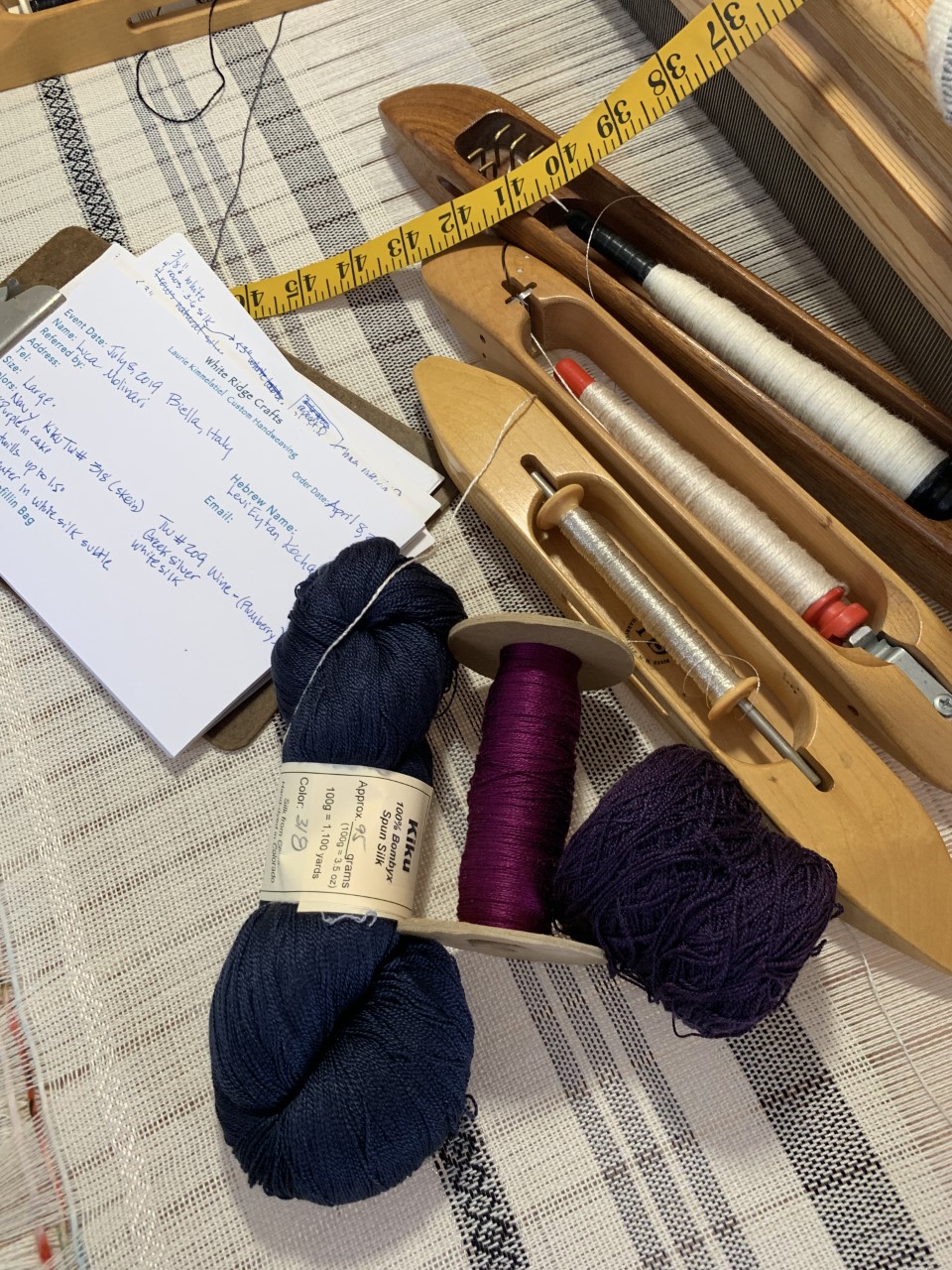
She has been weaving tallitot for more than 20 years. Each tallit takes about 50 hours to complete. She weaves on a very large Swedish countermarche loom and works primarily in wool and silk.
“There are no laws or halachah regarding the tallit. There are traditions and customs only. The purpose of a tallit is to serve as a vehicle or garment to hold the tzitzit, the specially tied ritual strings which are prescribed in the Shema, where we are advised to ‘mark the four corners of your garments with a cord of blue’ to remind us to observe the commandments.
“The bar or bat mitzvah child is always directly involved – choosing size, colors and design and taking part in a serious conversation and discussion about the meaning and significance of the tallit. Upon the completion of the tallit, I generally arrange for the family to meet with me to tie the tzitzit according to Jewish tradition.”
Laurie wove tallitot for each of her children as well as for her husband –
actually four for her husband. She also wove one for her son-in-law, which was used as their wedding chuppah. Each of her married children received a special hand-woven challah cover when they became engaged.
“I’ve found the young people very serious about both the design and importance of the tallit. It is always a privilege and a labor of love to weave a tallit.”
The cost of such a tallit is $600 to $1,300, depending on size and details. You can learn more about Kimmelstiel at http://www.whiteridgecrafts.com/textiles.html.



comments